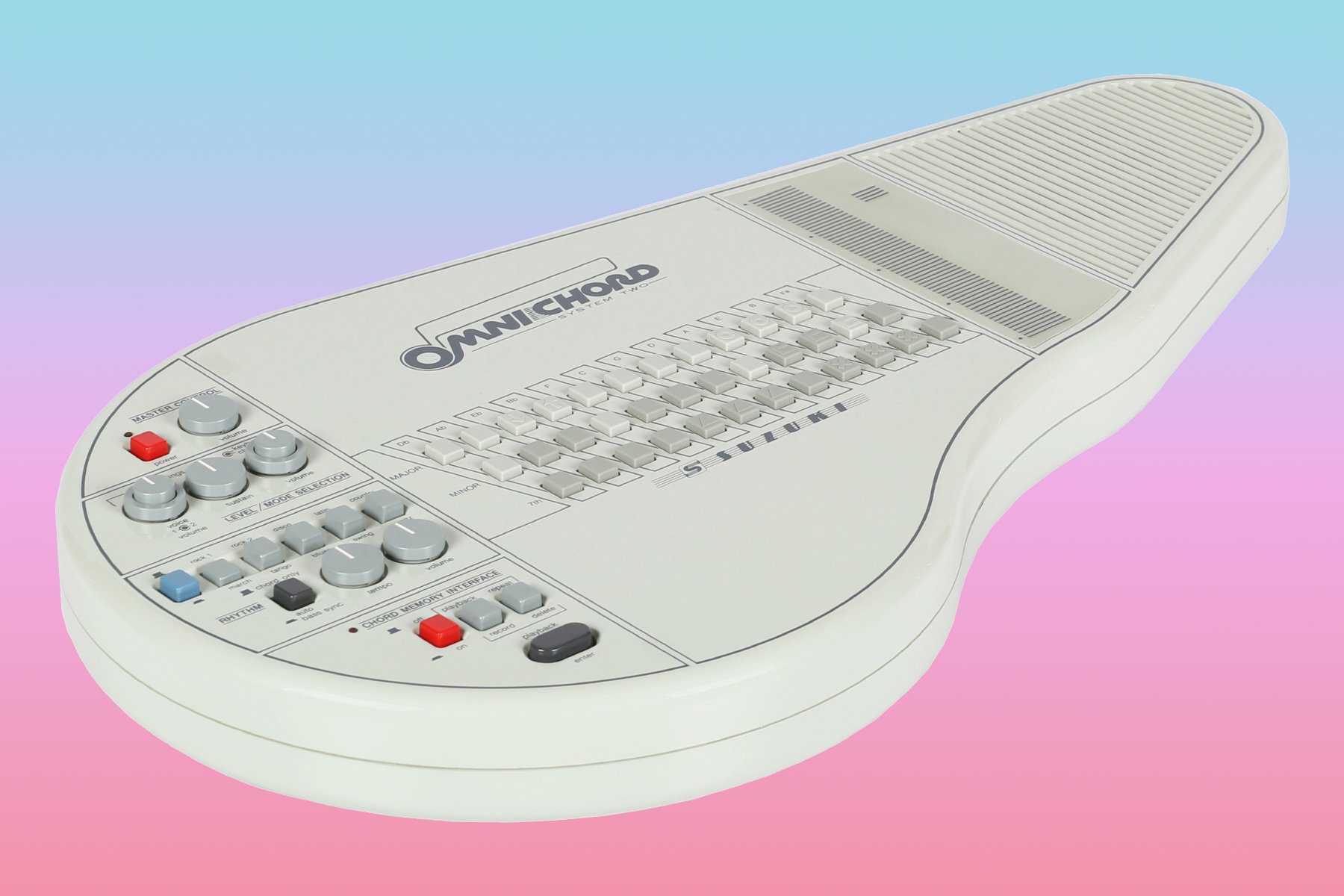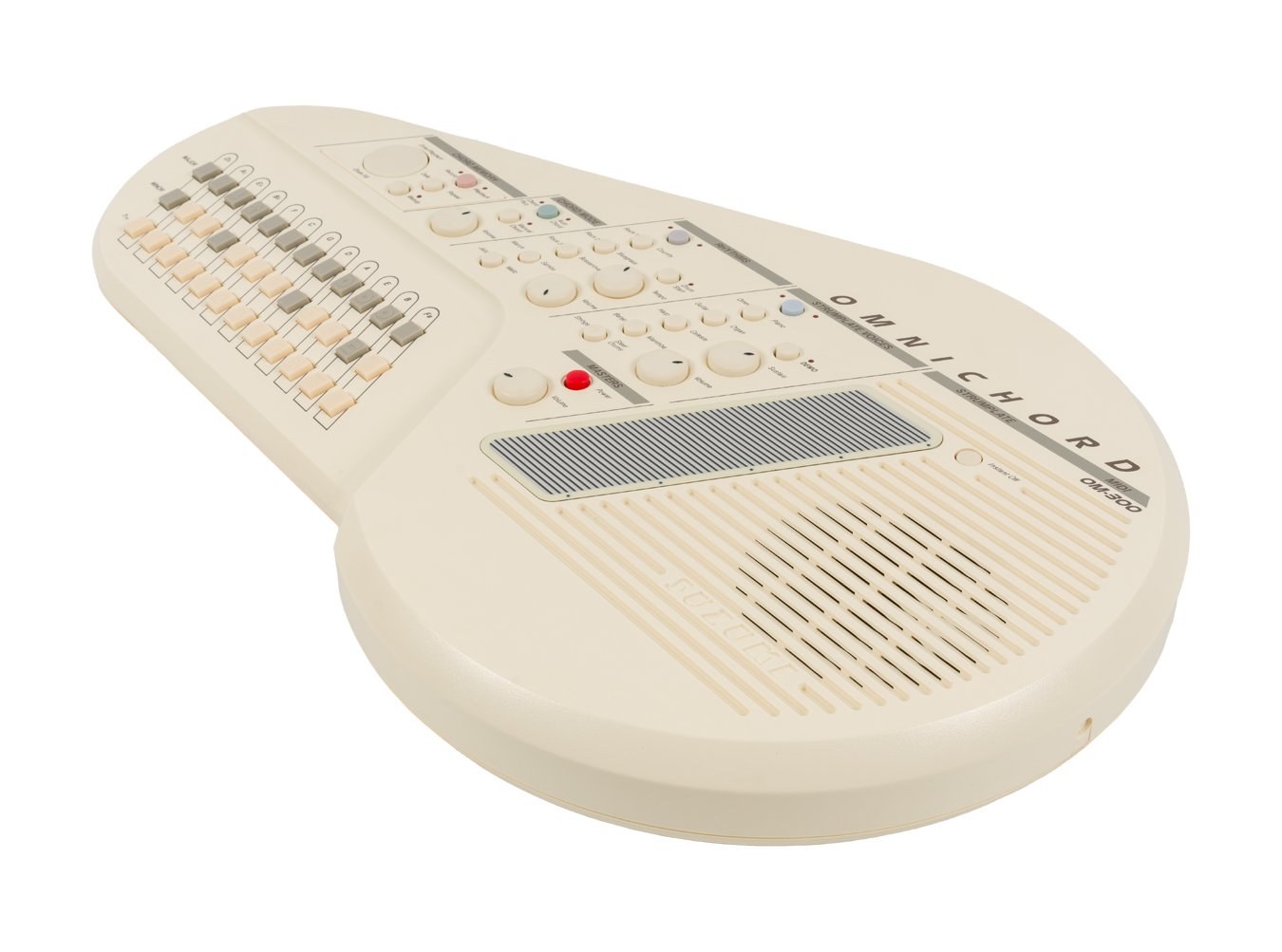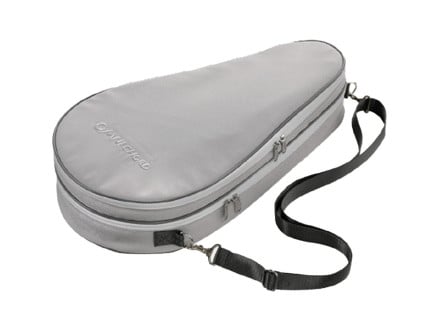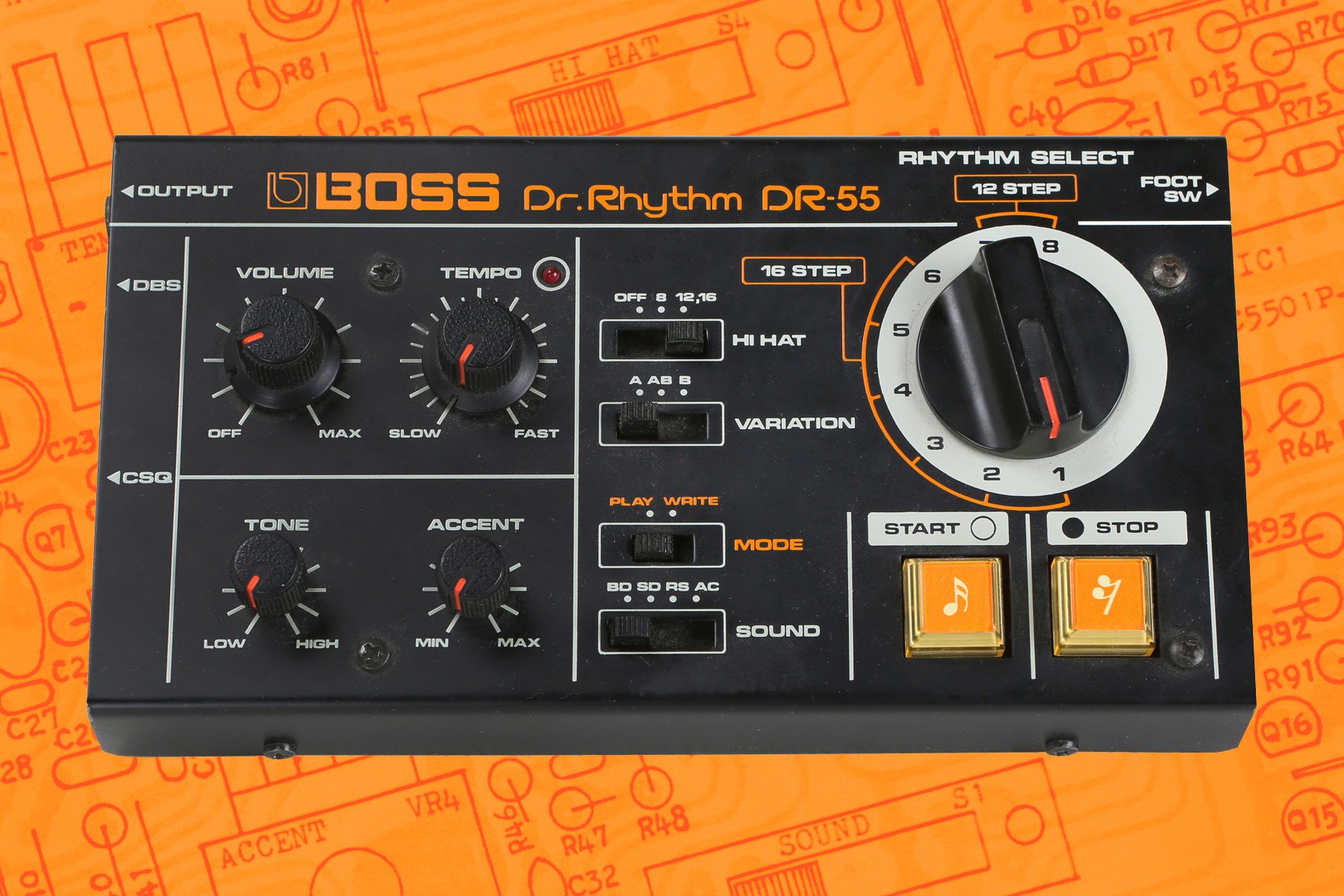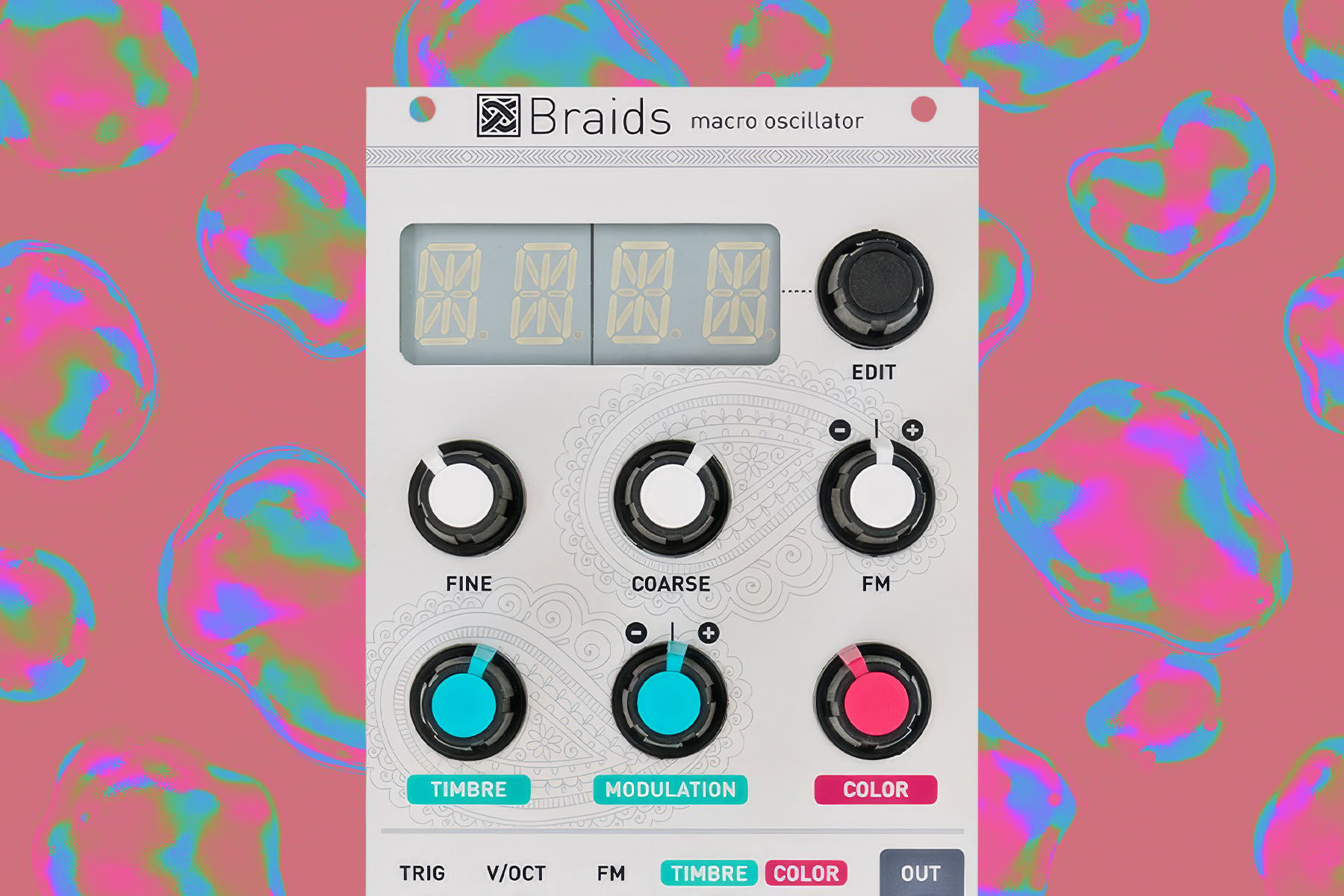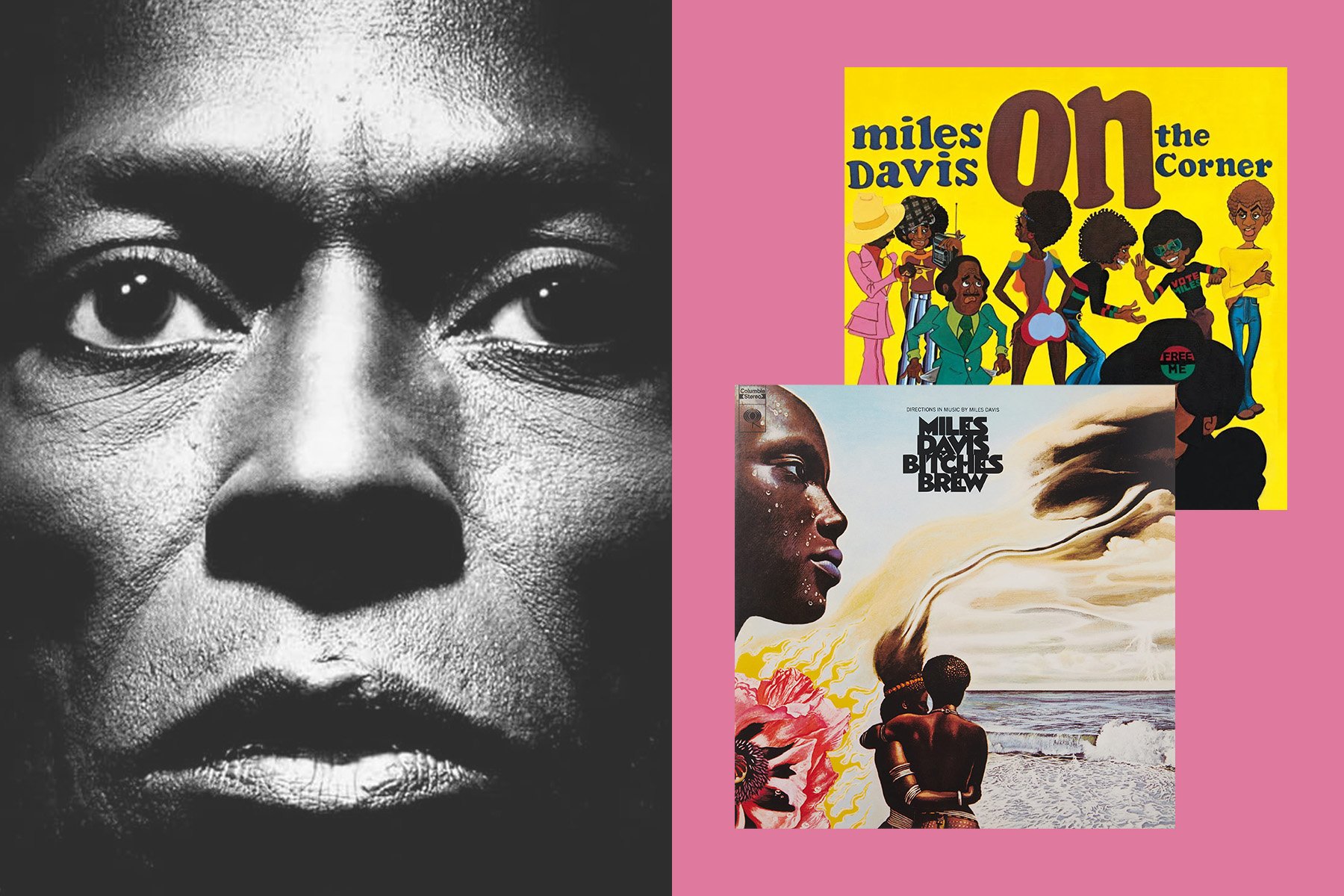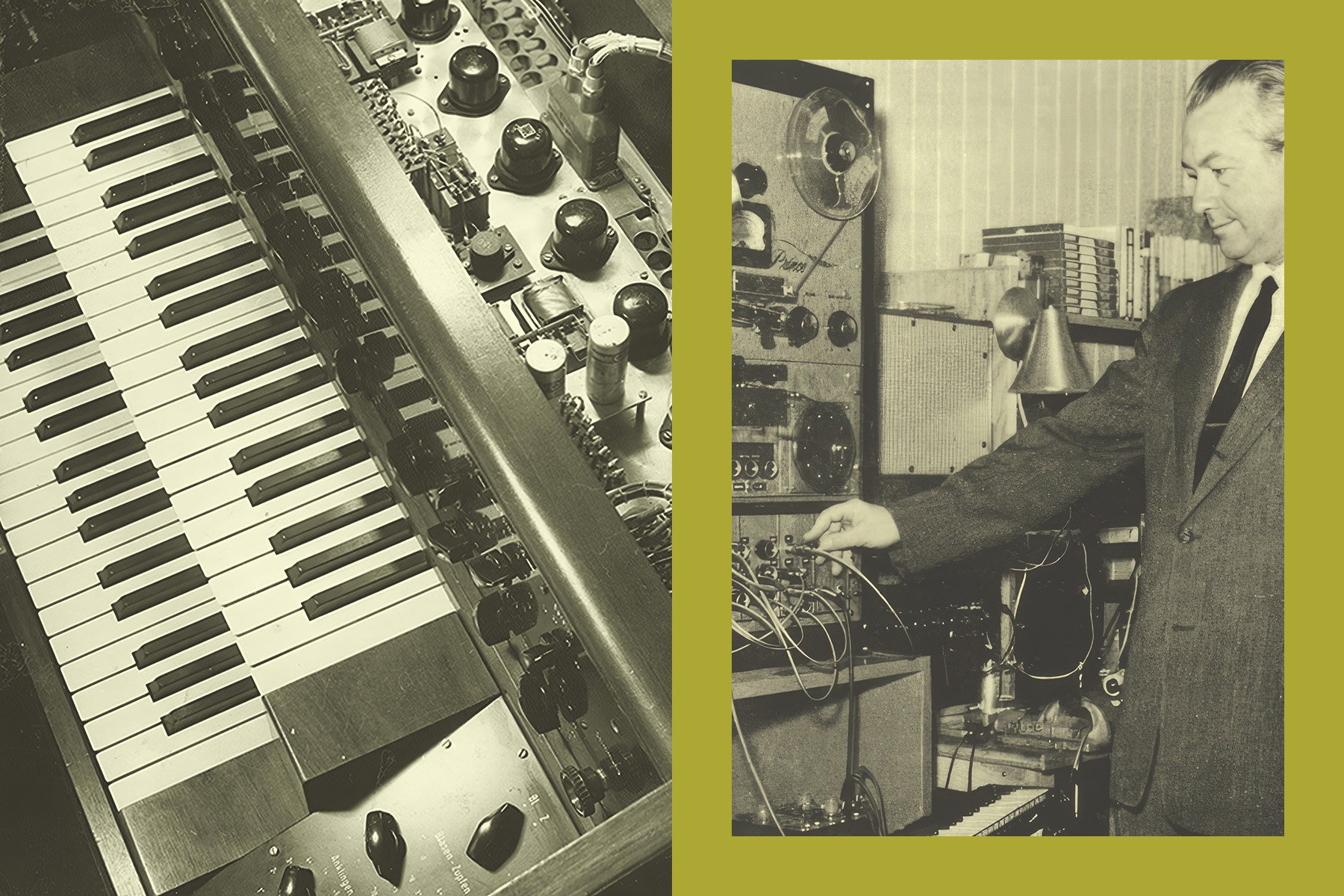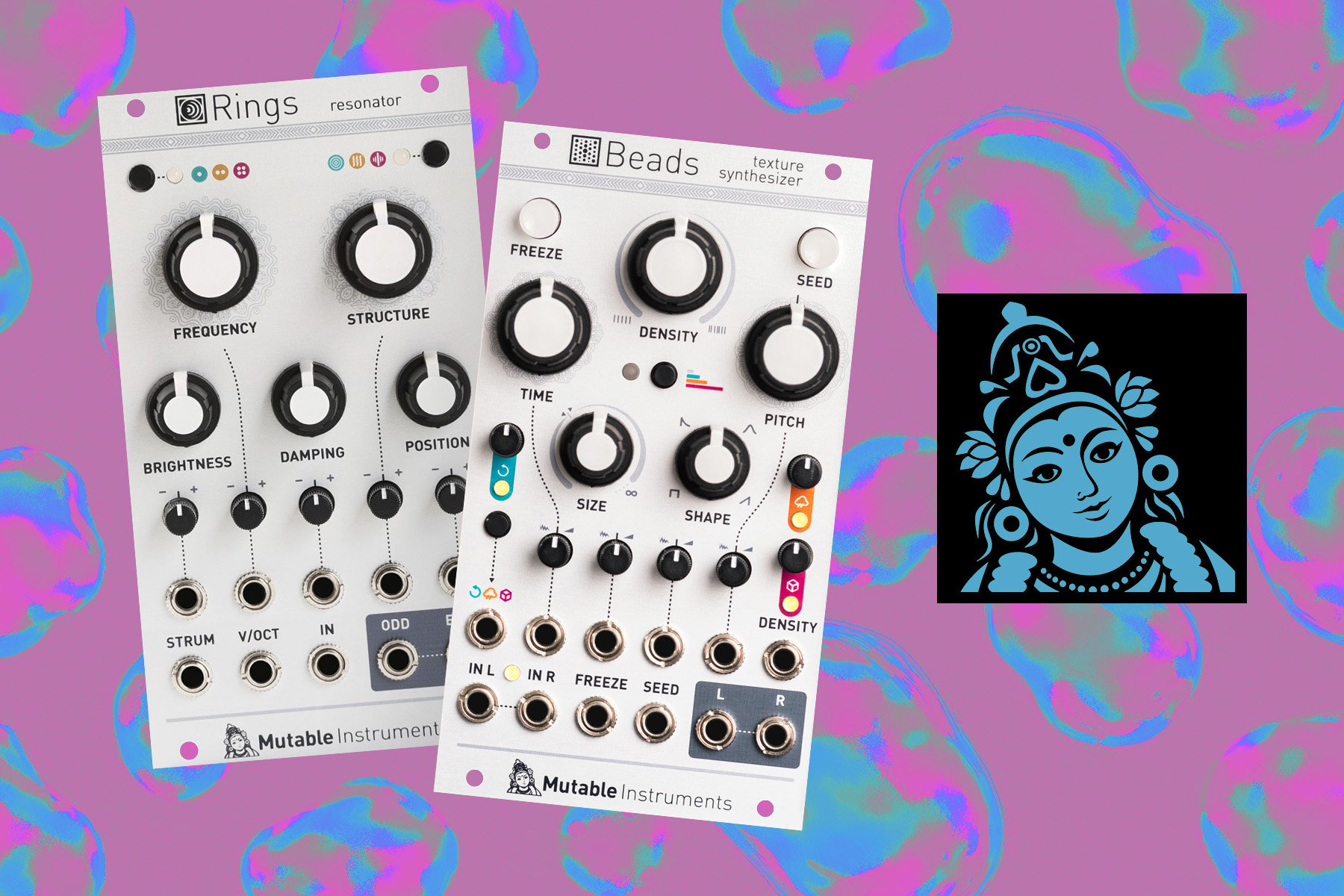In 1981, a company called Suzuki debuted an electronic instrument called the Omnichord, which plays harp like arpeggios using an electric “strumplate,” in order to simulate the experience of playing a real stringed instrument.
In its inception, it was originally intended to be something akin to an electric autoharp. Over the years, differing models featured touch plates, chord buttons, bass lines, drum patterns, and some eventually incorporating MIDI and the ability to store information. The early iterations were based on analog synthesis, until 1989 with the introduction of the 200M model. Below, we are going to take a tour of each of the models, look at some popular uses, its place in the circuit bending community, and what we can expect of the highly anticipated new model coming in 2024.
History of the Suzuki Omnichord
From its initial release in 1981 the Omnichord grew in popularity because of its unique sound, compact and portable quality, and eventually found favor with collectors for its unique charm. Its original target audience was vocalists, people with little music theory knowledge, or for those who are new to, or dont play a musical instrument. The first version, the PC-27, and the first true Omnichord—the OM-27—came with basic interface functions. Over the years more and more features were added. Below, we trace that lineage and the Omnichord’s evolution.
OM-27: Released in 1981; 4 octave tone harp, 27 chords, with rhythms featured: Rock, Waltz, Slow Rock, Latin, Foxtrot, and Swing included. Colors: Brown, Ivory, and Red.
OM-36 & OM-84: Released in 1984; 4 octave tones, Rhythms featured: Rock 1, Rock 2, Disco, Latin, Country, March, Tango, Blues, Swing, and Waltz. Functions: chords, dual harp, keyboard, transpose, chord memory. Colors: OM-36: Beige & OM-84 Grey. OM-84 featured functions: keyboard, transpose, and chord memory.
OM-100 & OM-200M: Released in 1989; 4 octave strum plate with tones: Guitar, banjo, jazz organ, flute, organ, chime, brass, vibe, and synth. OM-100 had 36 chords, while OM-200M had 84 chords. Rhythms: Rock 1, Rock 2, Disco, Blues, March, Country, Latin, Bossa Nova, Swing, Waltz. Colors: OM-100 Beige, OM-200M Grey. The OM-200M had keyboard, transpose, MIDI Out, and chord memory functions.
OM-150 & OM-250M: Released in 1993; Tone plate sounds: Omnichord, guitar, banjo, harp, strings, piano, organ, bossa nova, celesta, marimba, steel drum. 84 chords possible for both. Rhythms: Rock 1, Rock 2, Rock 3, March, Jazz, Country, Bluegrass, Samba, Waltz. Colors: OM-150 Beige & OM-250M grey. The OM-250M specifically had functions for keyboard, transpose, MIDI out, and chord memory.
OM-300: Released in 1996; Tones: Guitar, Harp, Banjo, Strings, Piano, Organ, Celesta, Marimba, and Steel Drum. 84 Chords available, with rhythms: Rock 1, Rock 2, Rock 3, (it was the 90’s after all!) March, Jazz, Country, Bluegrass, Bossa Nova, Samba, and Waltz. Color: beige.
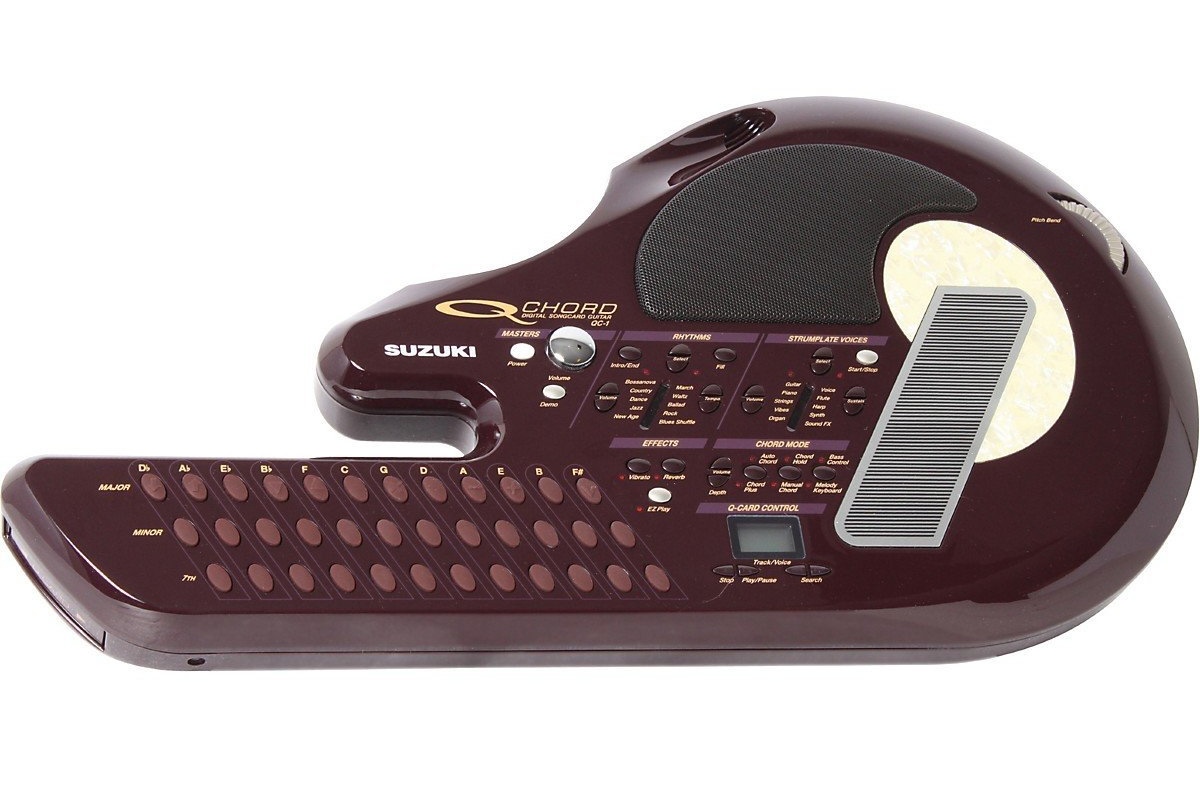
QChord QC-1: Released in 1999. A Digital song card guitar, with 4 octave 100GM tone. There were 36 soft touch buttons, and 84 chords. Rhythms: Bossa Nova, Country, Dance, Jazz, New Age, March, Waltz, Ballad, Rock, and Blues Shuffle. Uniquely could play back song data with song and rhythm cartridges. Color: Brown.
The Omnichord in Popular Media
Throughout the years, and various incarnations of the Omnichord, many musicians were captivated by its unique sound and began incorporating them into their own performances, and compositions. (Which is also likely to have spurred the continued kitsch love affair with this strange sound making device.) Eurythmics used the OM-27 on their song “Love is a Stranger”, in 1983—which used both the chords and the sonic string settings. Other notable uses also include producer Daniel Nanois, who used it on several projects, one notably being U2’s “Trip Through Your Wires”, from their 1987 album Joshua Tree, coproduced with Brian Eno. Brian Eno also used the Omnichord on other projects with Roger Eno.
Joni Mitchell, Aphex Twin, and David Bowie were also all users of the famed Omnichord. Bowie layed one live at a concert in NYC during a Simon and Garfunkel cover, and Damon Albarn of Gorillaz/Blur used it on the Gorillaz song “Clint Eastwood”.
Composers alike, have also incorporated the Omnichord into their music for TV and film. Composers Aivi Tran and Steven “Surasshu” Velema of the show Steven Universe are said to have incorporated it into their work on the show’s music, and composers Casey James Basichis and Tim Kiefer have also incorporated the Omnichord into their work on the music for the show Adventure Time. (Now you’ll have to go watch both to see if you can spot its use.)
Omnichord + Circuit Bending
In addition to its wide uses by notable musicians and composers, the Omnichord has also found a special place in the circuit bending community. The earlier versions of the Omnichord are said to be better for this purpose, more so than the later models due in part to the nature of the hidden, and or less accessible circuitry in the newer models. Many forums discuss this and it seems that in the newer models there are less connection points. Many circuit bending aficionados have noted that they have enjoyed tinkering with the Omnichord, as they were most interested in in creating new and unique sounds, much more than making music that adhered to a perfect set of music theory rules. The term "circuit bending" was first coined by Reed Ghazala, who had created a few techniques for his newly termed and accidentally founded craft—especially known for modifying electronic toys.
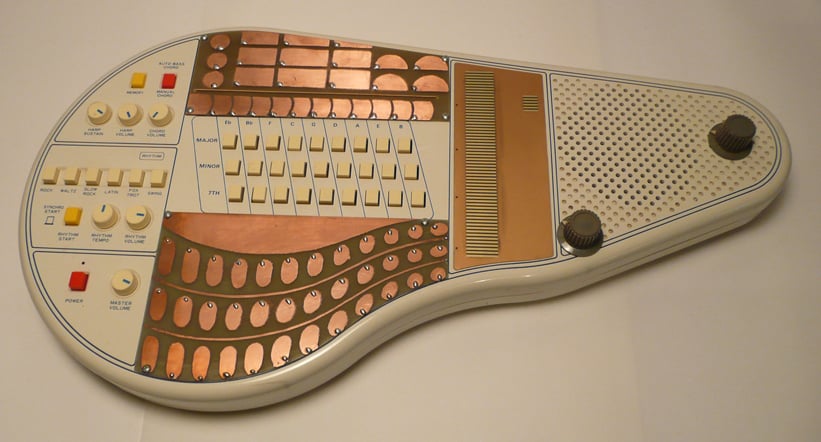
[A circuit-bent Omnichord OM-27; image via Folktek.]
Over the years, he amassed a cult following by sharing some of his techniques and ideas online. Often termed as “Experimental Music Instruments”—these circuit bent creations captivated many, who also wanted to seek out unique sounds. At some point, the distinction between hacking and bending took hold; in short meaning that to hack something you have deep knowledge of it, but to bend something you are experimenting creatively—but with less knowledge about the inner workings of what you seek to tamper with.
In short, circuit benders were very often going in without manuals or schematics to these devices. This school of thought was one of creative rebellion, which involved taking cheap electronic goods and bending them into something completely original. Out of this movement, there also emerged people who had specialties in the circuit bending realm. Joker Nies, a German, was known for his flair with bending early versions of the Omnichord. Between the convergence of the Omnichord’s seeming accessibility and the movement of circuit bending, its not surprising that the Omnichord found a massive following amongst these communities of musicians and circuit benders alike, creating a wonderful convergence of experimental sound and music, as well as innovative creative expression.
The Future: Omnichord OM-108
After a dormancy, of over 20 years the Suzuki Corporation have announced that there will be a new model of Omnichord available soon. This is not a re-release but a whole new model. So what do we know so far?
Well, for start we know that it will be called OM-108, with many features and additions to the Omnichord. It is set for release in 2024, after some delays. The new OM-108 is set to be slightly smaller in size, but will keep to the traditional body shape. It has been said that it will include many classic sounds, as well as have the ability to layer two sounds on the strumplate. The new model is also going to include sus4/add9 chords- a new feature, and just announced there will be some new rhythm patterns too. These will be Rock 1, Hip Hop, and Funk.
It will be interesting to see what other features the Suzuki Corporation adds to the new and highly anticipated model. With all the different models from the past, and all the potential of the new innovations in music technology what model is your favorite? What new features are you dreaming of?

